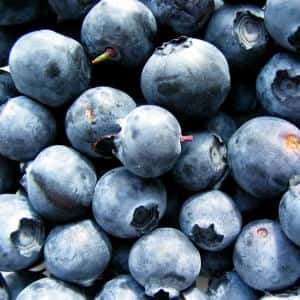
As people age, lung function tends to drop. A new study suggests, however, that eating fruit rich in flavonoids may help keep lungs working well (ATS 2018 International Conference, San Diego CA May 21, 2018).
What Are the Benefits of Eating Fruit for Lung Function?
Anthocyanins, found in blueberries, red grapes, cranberries and some other fruit apparently concentrate in lung tissue and reduce inflammation. The scientists were curious whether diet has any impact on lung function, so they analyzed data from more than 400 middle-aged Europeans who participated in Community Respiratory Health Surveys between 2002 and 2012. In addition to completing a dietary questionnaire, the volunteers did spirometry at the beginning and end of the study to measure their lung function.
Those with the most anthocyanins in their diets maintained their lung capacity better than those who had the fewest. The association held up well for people who had never smoked and those who had quit, but disappeared among current smokers. Presumably, the negative effect of smoking overwhelms any benefit from eating fruit full of anthocyanins.
Which Fruits Have Anthocyanins?
Berries such as blueberries, blackberries, cranberries and raspberries, both red and black, are rich in anthocyanins. So are black currants and cherries. Concord and muscadine grapes are also good sources. Eggplant peel and red cabbage, while not fruit, also contain anthocyanins.

